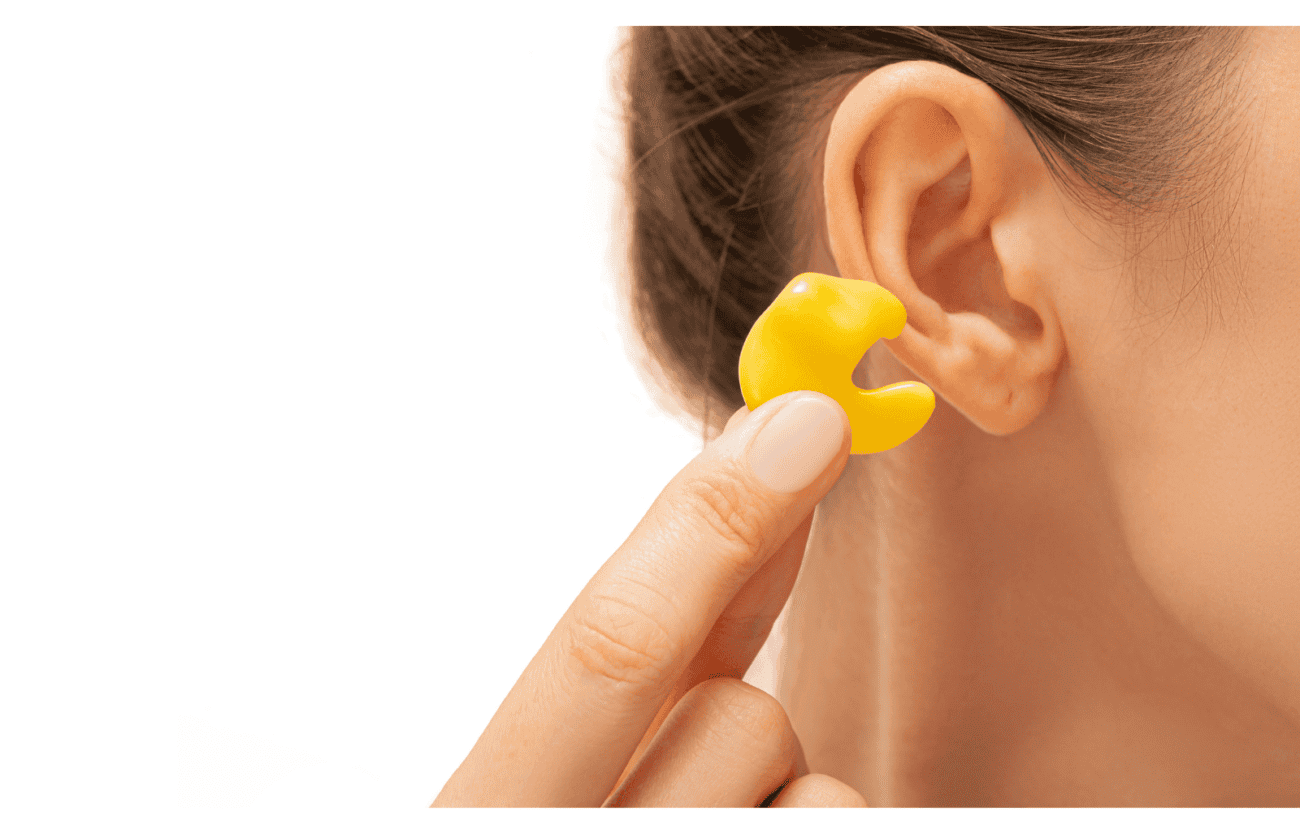- Everyday Sounds That May Be Making Your Tinnitus Worse - May 7, 2025
- The Hidden Dangers of Everyday Noise and How to Stay Safe - April 9, 2025
- World Hearing Day Serves as a Reminder to Prioritize Hearing Aid Maintenance - March 3, 2025
Loud sirens, bustling traffic, and blaring music create a constant soundtrack in daily life. While these sounds may seem harmless, they can gradually damage hearing without warning. Noise exposure increases over time, leading to irreversible harm before the effects become noticeable.
Many people associate hearing loss with old age, but excessive noise accelerates the process at any stage of life. Workplaces, entertainment venues, and even household appliances contribute to the problem.
Common Sources of Hidden Noise Exposure
Some household appliances like vacuum cleaners, blenders, and hairdryers are louder than they seem and can reach dangerous noise levels, especially with frequent use. These sounds contribute to gradual hearing damage without immediate warning signs. Public spaces like restaurants, shopping malls, and gyms are filled with excessive noise that regularly exceeds safe decibel levels.
The Impact of Noise on Hearing Health
Repeated exposure to loud sounds damages the tiny hair cells inside the ear. Once these cells are destroyed, they do not regenerate, leading to permanent hearing loss. The gradual process makes it easy to ignore the warning signs until significant damage has occurred. Tinnitus, a persistent ringing or buzzing in the ears, is a common sign of noise-induced hearing damage. This condition can be frustrating and disruptive, often interfering with concentration and sleep.
How to Reduce Daily Noise Exposure
Wearing noise-canceling headphones helps block harmful background noise in loud environments like airplanes, public transit, and open office spaces. It also reduces overall noise exposure throughout the day and preserves hearing health. Lowering the volume on personal devices is another simple but effective step. Follow the 60/60 rule to keep music and videos at safe levels to avoid unnecessary strain on the ears.
Listening at 60% volume for no more than 60 minutes reduces the risk of hearing damage. Create quiet spaces at home by turning off unnecessary background noise and using soft furnishings to absorb sound. Taking breaks from noise throughout the day gives ears time to recover and reduces strain.
Protecting Ears in High-Risk Environments
OSHA regulations recommend using earmuffs or earplugs to minimize risk. Employees should take regular breaks in quiet areas to give their ears a chance to recover. Also, recreational activities like hunting, motorcycling, and attending fireworks displays can expose ears to extreme noise levels. Appropriate protection, such as earmuffs or filtered earplugs, helps reduce long-term risks.
Recognizing Early Signs of Hearing Damage
Difficulty following conversations in noisy settings is often an early sign of hearing loss. If background noise makes it hard to understand speech, it may indicate damage to the inner ear. It is important to address these changes early to prevent further decline. A constant feeling of ear fatigue after loud noise exposure is another warning sign. If ears feel muffled or ringing persists after leaving a noisy environment, it suggests overexposure. Contact us today to schedule a comprehensive hearing evaluation.

